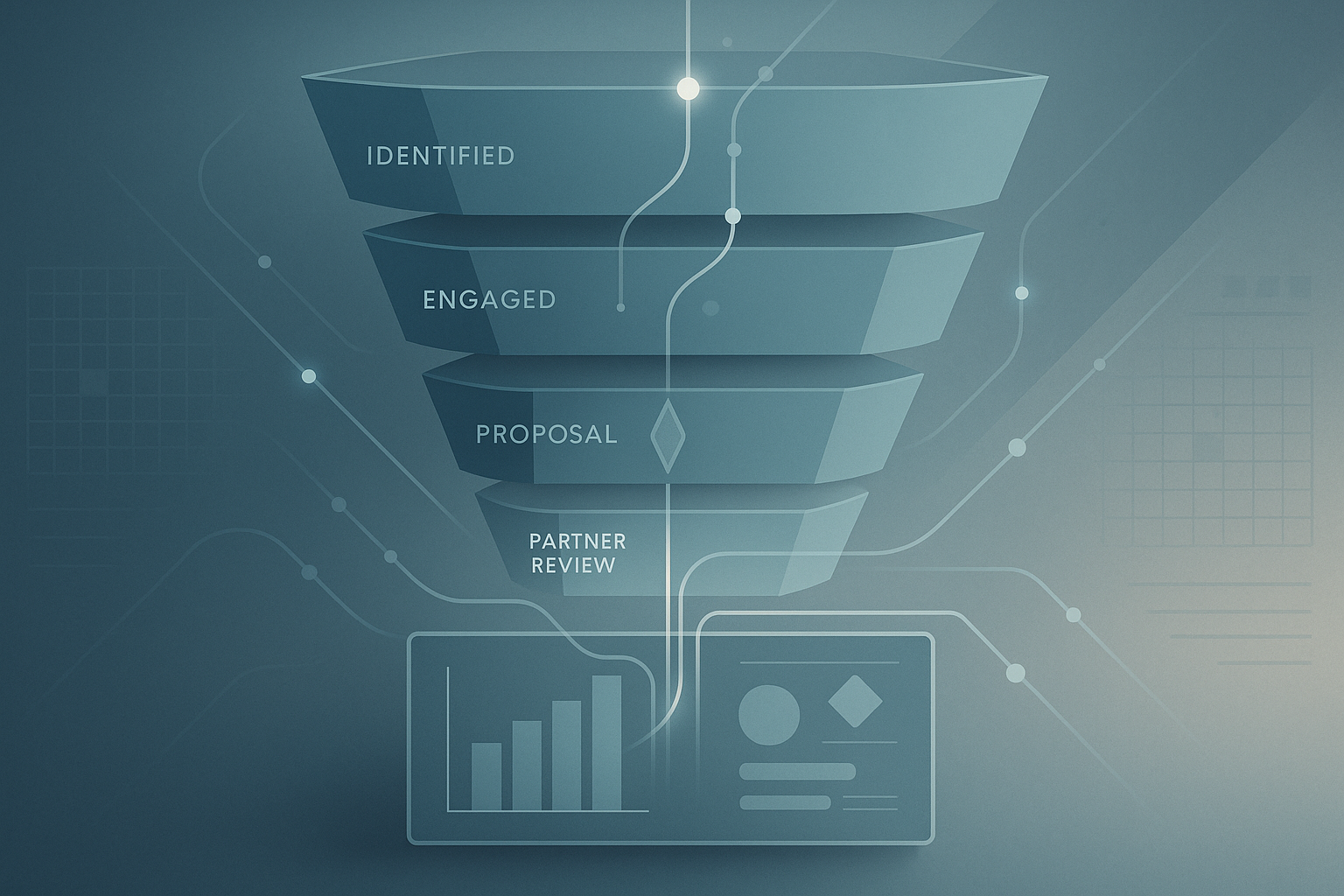Taking the friction out of onboarding HubSpot
Digital Marketing
Customer Experience

HubSpot is a very capable and attractive platform, but like all software, unless onboarding and adoption are planned and considered properly the desired outcome can fall short of expectation.
Whether your requirement is for the adoption of tools and functionality around a specific Hub, or a much wider requirement that spans different business functions, some considered thinking early in the process will always ensure a greater ROI.
Begin with the end in mind
Beginning a new technology adoption project can only be successful when you understand, from the start, what you are trying to achieve. Clearly defined objectives need to be in place before implementation. This will ensure that you and your team are constantly working towards your goals and provide a frame of reference for success.
These objectives can be related to a business-wide goal, a team goal or directly tied into revenue goals. Below are some examples of potential objectives when adopting various aspects of the HubSpot platform:
- Increase service desk capability using the Service Hub to reduce ticket resolution times by an average of X hours and introduce customer self-serve.
- Connect internal systems to ensure all relevant data is presented within the HubSpot CRM and remove 80% of current data entry duplication.
- Maximise Marketing Hub and conversion rate optimisation tools within the CMS to increase qualified leads by 20% per month.
- Improve sales effectiveness using Sales Hub tools to increase deal conversion rates by 20%
Learn more: Podspot #13 - Are you getting the most out of HubSpot?
Work stream thinking
Equally important to successful adoption and onboarding is the framework in place for execution. This approach will provide structure to each phase of the project. The frame ensures that each aspect is fully considered and understood.
At Karman, our framework consists of five ‘work streams.’ These streams can sometimes overlap and influence each other, but each must be considered.
Data
The first stream to consider is data— how it’s used, stored, managed and created. This is a vital part of any new technology adoption programme. Be sure to ask thorough questions in line with your overall objectives. Some examples of these questions might be:
- What data do we currently have that supports business performance and what data is missing that should be captured?
- How is data managed and governed, how do you ensure data integrity, can or should this be improved?
- What data is used for business reporting and what is missing that would provide better insight?
- How does data flow through the business, where are the gaps, friction and ‘dead ends’?
Read more: The 4 pillars of digital transformation - Data
Technology
After data comes technology. Any time you bring a new piece of technology into your business, it’s important to consider how it will interact with your existing tech stack. When exploring this work stream, consider questions such as:
- What technology is used within the business and where does this add value?
- How are technology costs and licences managed; are they maximised and managed appropriately?
- Where does the current technology stack fall down; what are its limitations?
- How can technology be used to improve the customer experience and where are the customer pain points that could be addressed through a technology solution?
Processes
Processes are one of the work streams that are most likely to overlap with others, particularly technology and people. When reviewing your processes, look for areas that can become more streamlined by utilising HubSpot tools and automation. Questions you may want to consider in the section include:
- What are the current processes within the business and how are these documented?
- What are the core processes that add the most value to the business and how can they be improved across marketing, sales and service?
- Which processes have the greatest impact on quality?
- How are processes managed and what is the process for ensuring consistency and improvement?
Assets
Your assets include everything from your website and content to brand guidelines and sales collateral. Regardless of which HubSpot feature you are onboarding, you will likely need to review the content and assets associated with it. This review should include questions like:
- What marketing assets are used by the business, including all channels and media?
- What collateral is used to support sales effectiveness and increase conversions; how is this managed and how can it be improved?
- How is the website used to aid the buyer journey and customer experience; how can this be developed further?
- How do you report on the performance of your assets; where are the gaps that, if addressed, will provide useful insights for the business?
People
People are your most important resource, but they can also be the point of greatest friction in adoption. Ensuring that your team has fully bought into the changes and are well-equipped to undertake new tasks is essential to successful adoption and onboarding. Questions to consider when investigating the People work stream could be:
- Who are the key stakeholders in the business in relation to this programme of work? What are their roles and who is best placed internally to ensure the success of this project?
- What are the training needs for relevant teams and how can this best be structured to provide the best outcome?
- How can the business measure people performance in relation to the use of HubSpot; how does this differ by role or team e.g. task completions, pipeline traction, leads generated?
- How should this programme of work and adoption of HubSpot be communicated within the organisation?
Read more: The benefits of a HubSpot Certified Trainer
Digital adoption and onboarding can be difficult. There are unexpected pitfalls that can crop up, but having a plan in place will help mitigate them. Take the friction out of your next HubSpot onboarding project by focusing on your objectives and considering the five primary work streams.
Ready to create an impact with HubSpot? Reach out to discuss how Karman Digital can deliver an effective and successful onboarding process for you and your team.



